#french atlantic coast
Explore tagged Tumblr posts
Text

#original photographers#photography#photographers on tumblr#my art#photooftheday#lensblr#seaside#sea sky#ocean#cote atlantique#côte atlantique#capbreton#gascogne#landes#french atlantic coast#atlantic#atlantic ocean#dawn
103 notes
·
View notes
Text

The Pylla , Le Pyla - Albert Marquet , 1935 .
French , 1875-1947
Oil on canvas , 50 x 61 cm.
#Albert Marquet#french artist#beach landscape#beach scenery#bathers#sailboats#sky#clouds#Atlantic coast#Pyla-sur-Mer
220 notes
·
View notes
Text
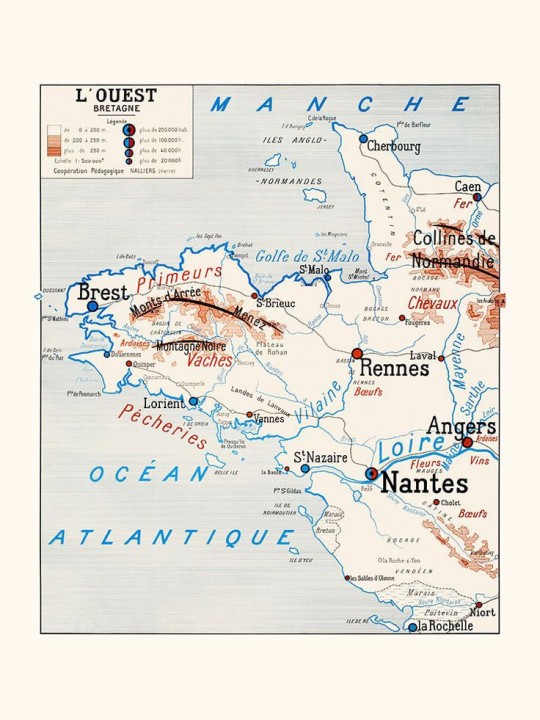
Bretagne
#map#bretagne#brittany#breizh#bzh#carte#gerography#france#ouest#geographie#vintage#west coast#west#french map#atlantic#ocean#manche#atlantique#bretagne historique#5 sur 5
26 notes
·
View notes
Text

Cap Ferret France
Photo: Dieter Krehbiel
#lifeguard#cap ferret#sea side#atlantic ocean#french coast#france#holiday#vacation#dieter krehbiel#black and white#photographers on tumblr#2010s#black and white photography#photography#beach#beachlife#summer
14 notes
·
View notes
Text

Me, impatiently waiting for December 1st
#or more like 11pm November 30th#being in the 3rd time zone from the east coast has its advantages#because apples doesn’t drop things at midnight eastern time in canada#oh no they drop at midnight Atlantic time#mika#mikasounds#mika penniman#what a beautiful human#gosh he's pretty#Que ta tête fleurisse toujours#(I really hope I got that right bc my phone doesn’t speak French & you can’t edit tags on mobile)
33 notes
·
View notes
Photo










Clouds (No. 905)
Flying West
#Golden Gate Bridge#French Coast#English Channel#Atlantic Ocean#travel#North America#original photography#on board#flying west#on board a plane#Pacific Ocean#San Francisco#California#Canada#blue sky#clouds#vacation#summer 2022#tourist attraction#landmark#cityscape#landscape#beach
6 notes
·
View notes
Text
Did you know? I like rocks. And hiking. And ocean. And this summer, the mountains and seas gods granted me pretty quartz and iron oxides.
I have a bunch of sera polished quartz in need of a refined tumbling.
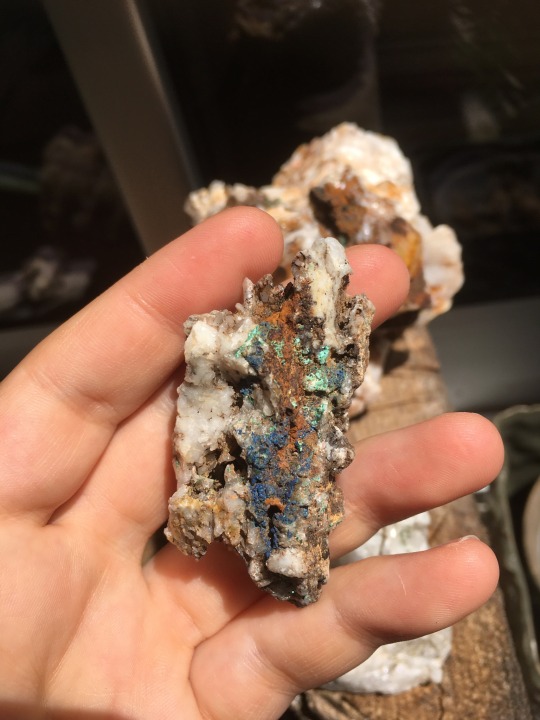









0 notes
Text
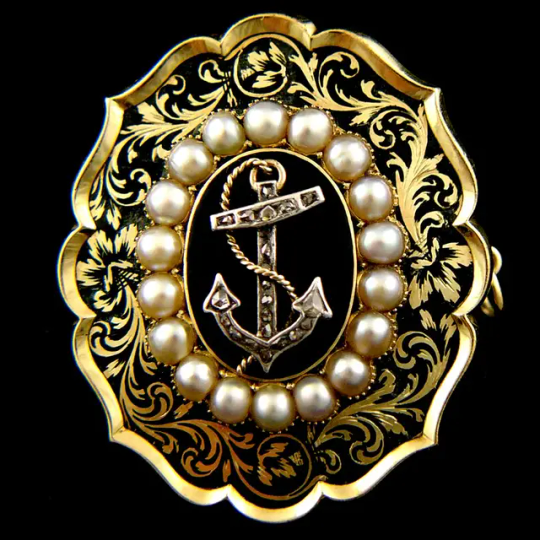
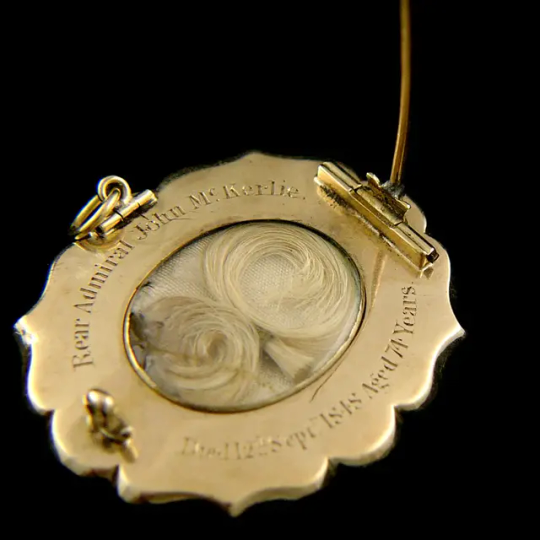
Memorial Brooch to Rear Admiral McKerlie, Died 12th Septr 1848. Aged 74 years, 1848
Rear Admiral John McKerlie (1774-1848) entered the Royal Navy as a volunteer in April 1794 having been at sea in the Atlantic and Baltic merchant service from a young age. Rated Able Seaman, he was sent from the receiving ship Royal William to join the elite frigate force based at Falmouth that cruised the Channel countering the activities of French commerce raiders. McKerlie was assigned to the frigate Arethusa (38) commanded by one of the most successful frigate captains of the day, Captain Sir Edward Pellew.
In early 1795 McKerlie followed Pellew into the 44-gun heavy frigate Indefatigable with the rate of Quarter-Gunner. Owing to a sound Scottish education and his knowledge of the sea McKerlie was soon acting as Indefatigable’s schoolmaster instructing the other eighteen ‘young gentleman’ of the gunroom in the specifics of their profession, having himself been appointed a midshipman. Throughout 1795 and 1796 he participated in the capture of the numerous French prizes which brought further fame and glory to Sir Edward Pellew. It was however early the next year that Indefatigable fought what is generally regarded as one of the boldest frigate actions of the French Revolutionary War.
On the dark and stormy night of 13 January 1797 the French 74 Droits de l’Homme was sighted off the Brittany coast. Pellew, recognizing that he was heavily outclassed, saw that the waves prevented his opponent from opening the lower gun ports and that the severe weather had caused the loss of the enemy’s topmasts. Seizing the initiative, Indefatigable closed followed by the frigate Amazon and raked the French ship of the line at every opportunity. The enemy replied with 4,000 canon balls over the next few hours until finally driven in to Audierne Bay irreparably damaged by British gunfire and the unabated gale. The sight of distant breakers however threatened the destruction of all three ships. Indefatigable, though with masts damaged and with four feet of water in her hold, alone just had time to alter course and escape.
For Pellew the action was a triumph, Lord Spencer at the Admiralty acknowledging that for two frigates to destroy a ship of the line was ‘an exploit which has not I believe ever before graced our naval Annals’. For McKerlie the action was a trauma, costing him his right arm and a severe wound to the thigh. McKerlie's sacrifice was deeply felt Sir Edward Pellew whom he followed to his subsequent command, the mutinous ship of the line Impetueux. While serving aboard the Impetueux, McKerlie participated in numerous boat actions during the Quiberon expedition in 1800, and was present during the planning of a proposed attack on Belleisle. Marshall’s Royal Naval Biography relates how McKerlie ‘…not having heard how he was to be employed, went up to Sir Edward, interrupted him in a conversation with Major-General Maitland, and asking what part he was to act in the event of a debarkation taking place? The answer was “McKerlie you have lost one hand already, and if you loose the other you will not have anything to wipe your backside with; you will remain on board with the first lieutenant and fight the ship as she is to engage an 8-gun battery.”’
The loss of an arm did little to impede McKerlie’s career. He was regarded as a talented surveyor and draftsman, working at onetime with the celebrated civil engineer Thomas Telford. He was also considered a first class shot. He received his lieutenant’s commission in 1804 and served in H.M.S. Spartiate at the Battle of Trafalgar on 21 October 1805. He was present in the capture of Flushing and the Walcheren expedition, and commanded a squadron of ships stationed off Heligoland; oversaw the defence and retreat from Cuxhaven; and was responsible for destroying enemy shipping on the Braak.
Unable to get a command after 1813, McKerlie returned to his native Galloway where he married, Harriet, daughter of James Stewart of Cairnsmuir, had one daughter, Lillias (1821-1915), to either or both of whom the present brooch no doubt belonged. In a post service career McKerlie served as a local magistrate and operated commercial vessels from the port of Garlieston. After almost twenty years ashore, he made an unlikely returned to the Royal Navy as captain of the experimental frigate Vernon between 1834 and 1837. He was awarded a Pension for Wounds on 8 May 1816.
Despite the ever growing kudos that was accorded to Trafalgar veterans in the early Victorian age, it is perhaps with greater pride that Admiral McKerlie recalled his service under Pellew (or Lord Exmouth, as he became); and in 1847 was one of only eight surviving veterans who had lived long enough to apply for the Naval General Service Medal with a clasp for the Droits de L’Homme engagement. The following year, in 1848, he died at Corvisel House, Newton Stewart, at the age of seventy-three.
#naval history#naval artifacts#memorial brooch#18th century#19th century#age of sail#rear admiral mckerlie#trafalgar veteran
183 notes
·
View notes
Photo

Utah Beach
Utah Beach was the westernmost of the five beaches attacked in the D-Day Normandy landings of 6 June 1944 and the one taken with the fewest casualties. Paratroopers were also dropped behind Utah, and despite being widely dispersed and suffering heavy casualties, they managed to secure this western flank of the invasion and liberate the first French town, Ste-Mère-Église.
Operation Overlord
The amphibious assault on the beaches of Normandy was the first stage of Operation Overlord, which sought to free Western Europe from occupation by Nazi Germany. The supreme commander of the Allied invasion force was General Dwight D. Eisenhower (1890-1969), who had been in charge of the Allied operations in the Mediterranean. The commander-in-chief of the Normandy land forces, 39 divisions in all, was the experienced General Bernard Montgomery (1887-1976). Commanding the air element was Air Chief Marshal Trafford Leigh Mallory (1892-1944), with the naval element commanded by Admiral Bertram Ramsay (1883-1945).
Nazi Germany had long prepared for an Allied invasion, but the German high command was unsure where exactly such an invasion would take place. Allied diversionary strategies added to the uncertainty, but the most likely places remained either the Pas de Calais, the closest point to British shores, or Normandy with its wide flat beaches. The Nazi leader Adolf Hitler (1889-1945) attempted to fortify the entire coast from Spain to the Netherlands with a series of bunkers, pillboxes, artillery batteries, and troops, but this Atlantic Wall, as he called it, was far from being complete in the summer of 1944. In addition, the wall was thin since there was no real depth to the defences.
Field Marshal Gerd von Rundstedt (1875-1953), commander-in-chief of the German army in the West, believed it would be impossible to stop an invasion on the coast and so it would be better to hold the bulk of the defensive forces as a mobile reserve to counterattack against enemy beachheads. Field Marshal Erwin Rommel (1891-1944), commander of Army Group B, disagreed and considered it essential to halt any invasion on the beaches themselves. Further, Rommel believed that Allied air superiority meant that movements of reserves would be severely hampered. Hitler agreed with Rommel, and so the defenders were strung out wherever the fortifications were at their weakest. Rommel improved the static defences and added steel anti-tank structures to all the larger beaches. In the end, Rundstedt was given a mobile reserve, but the compromise weakened both plans of defence.
The German response would not be helped either by their confused command structure, which meant that Rundstedt could not call on any armour (but Rommel, who reported directly to Hitler, could), and neither commander had any control over the paltry naval and air forces available or the separately controlled coastal batteries. Nevertheless, the defences were bulked up around the weaker defences of Normandy to an impressive 31 infantry divisions plus 10 armoured divisions and 7 reserve infantry divisions. The German army had another 13 divisions in other areas of France. A standard German division had a full strength of 15,000 men.
Continue reading...
294 notes
·
View notes
Text
I swear this is the last time I bring up that air tanker in 2x14 voluntarily. The bottom line is, if you believe Tommy did fly that plane, that makes him not even superhero level cool, but Jonny Kim level cool. If you believe he didn't, then he's just as cool, always knowing a guy from all walks of line, ready to help out with whatever resource on hand the second Chimney says the word. At the end of the day, he saved the 118 and a bunch of civilians either way, and he did it again in S7 flying to that cruise ship. He'll always be our cool heroic pilot no matter what.
With that being said, I have some thoughts about the CAL FIRE line from the news reporter in that episode. If you're not interested, please read no further. And if you don't want to see this kind of posts at all but still want to read my other content, please block the tag #aviation realism.
I know Bobby said "217 incoming" when he saw that C-130, only the news reporter mentioned it was with CAL FIRE. That's why I suspect the CAL FIRE line was shoved in after the actual scenes were filmed, because they realized or someone explained to them how impractical and dangerous for an urban fire department to own a giant air tanker and just dump tons of water all over the city.
I saw the same technique utilized for the tsunami arc in S3. Anyone who has taken geography in high school can tell that in reality, there is no megathrust fault capable of generating Indian Ocean 2004 or Japan 2011 scale tsunami off the coast of SoCal. So where did the tsunami come from? In 3x02, before Sue asks Maddie to "triage" the dispatchers, you can hear once again a news reporter saying the tsunami is triggered by an earthquake off the coast of Alaska. This takes the fictional tsunami scenario from having zero basis in real life, to possible in extreme cases and greatly exaggerated for dramatic effect.
I thank whatever divine intervention or persistent technical advisor that made the CAL FIRE line possible.
2x14 was first aired on April 15, 2019. What you might not remember or realize is that something notable happened across the Atlantic on the very same day: the Notre-Dame fire. The entire world watched the cathedral burned for hours while over 400 firefighters all over Paris tried to contain the flame. A certain f...... former US president then suggested on Twitter that "perhaps flying water tankers could be used to put it out."
The French immediately responded by pointing out that dumping large amount of water from an aircraft at low altitude could "weaken the structure of Notre-Dame and result in collateral damage to the buildings in the vicinity." A retired FDNY battalion chief also told the media that water bombing would likely make the situation more dangerous, as civilians on the street might be hit if you miss the target.
The entire internet was clowning on that stable genius for such an innovative idea all afternoon. Imagine if 2x14 aired later that evening with not even a smaller single engine one, but a large 4 engine airtanker somehow belonging to the LAFD, that would come off extra stupid, even meme inspiring. But with the CAL FIRE line, they could at least claim that it was the extreme and rare circumstances requiring additional assistance from other agencies in the area, and it was not part of 911-verse LAFD's normal operation.
If the writers had done their homework beforehand and the CAL FIRE thing was always part of the script, good for them. If it was indeed shoved into the scene last minute, then they should thank their lucky stars.
I can already imagine the headache Bobby is going to have working on Hotshots as a consultant.
46 notes
·
View notes
Text
Throwback Thursday: Continental Drift
Before there was the Theory of Plate Tectonics, there was the theory of continental drift. Almost as soon as maps were invented , people noticed how certain continents looked like they could be pieced together. In 1800, Alexander von Humboldt noticed that the west coast of Africa and the east coast of South America seemed to fit together.
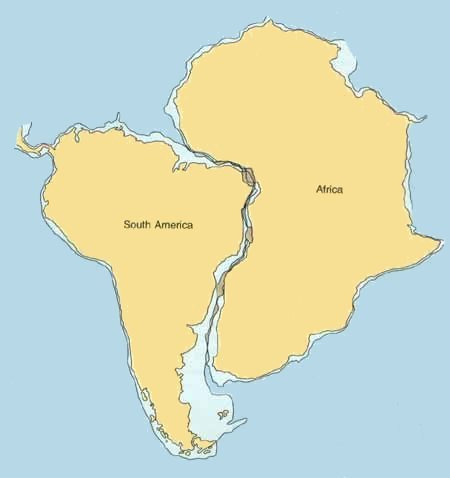
Antonio Snider-Pellegrini, a French geographer and geologist in the 1800s noticed that North American and European coal deposits had identical plant fossils. e said ha could be explained if the two continents had been joined. He even drew his own map:
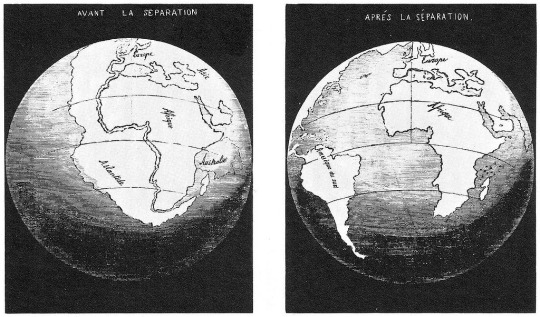
Perhaps the most well known of the geologists to bring up continental drift was Alfred Wegener. Born in 1880 in Berlin, he would become a very important figure in 20th century science.
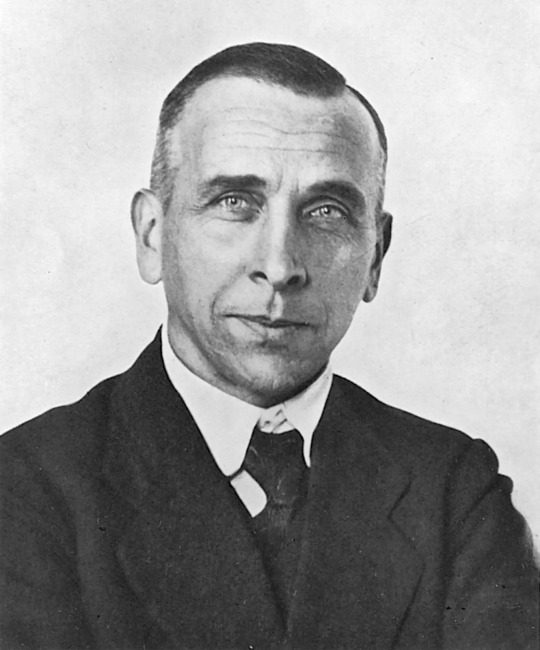
He was primarily a climatologist but his feld work led him to some very big ideas. He too noticed how the landmasses seemed to fit together. He drew this to demonstrate the drifting pattern.
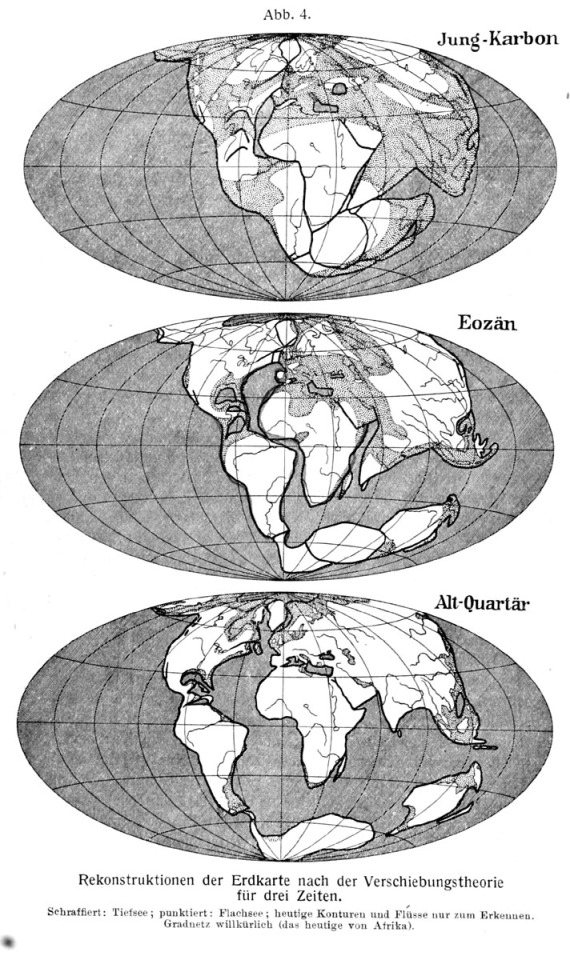
He did more than look at maps though. He analysed both sides of the Atlantic Ocean and found matching rock types, matching geologic structures and matching fossils.
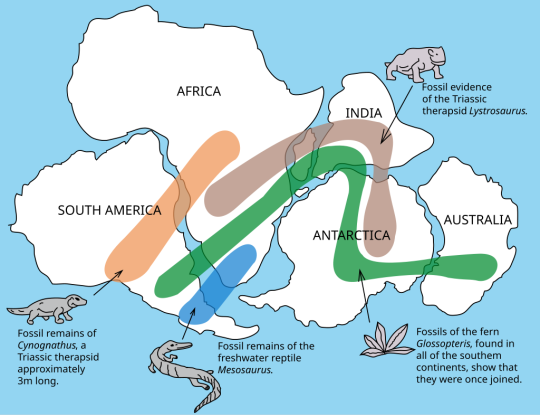
The biggest issue he had in publicly advocating for this was that he had no method for how continental drift worked. Unfortunately, he would never know the mechanism as it was discovered in the 1960's long after his death.
Want to know more about Alfred Wegener and his Theory of Continental Drift? Check out my mini Geology 101 lessons on Patreon!
#fun facts#geology#science#science education#plate tectonics#fossils#rocks#rock formations#continental drift
25 notes
·
View notes
Text

#original photographers#photography#photographers on tumblr#my art#photooftheday#lensblr#sunset#sunlight#french atlantic coast#capbreton#côte des landes#beach
92 notes
·
View notes
Text
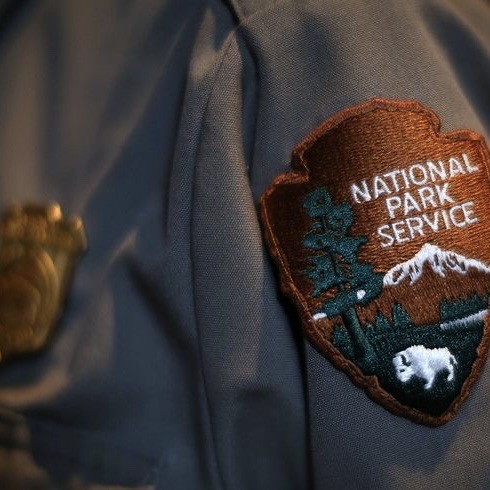

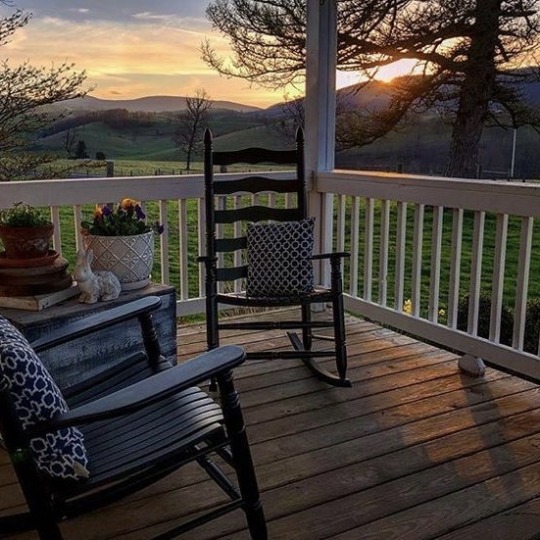
sid to a furry friend's rescue!
florist!reader gets flustered during sid's calendar shoot
parents mentors for the day
chief crosby's got a date... and its not with florist!reader
... was in a bit of a silly goofy mood, forgive me (and be sure to read the endnotes!)
gif from @littlemessyjessi
This is the last thing Sidney Crosby imagined he'd come home to: another man settled in his chair.
His cat is curled in the intruder's lap, and said intruder's hand is curled over your knee. And Sidney's soup—homemade and hand-delivered—split in bowls between you.
"Thought you didn't need a babysitter?"
Sidney watches the gleeful expression wilt on your pretty face—color drained like his bank account succeeding the egregious bid he matched to make bail—with equal measures of self-satisfaction and self-contempt.
"I-I didn't, I just—"
"Settle down, Chief," the ranger laughs. "I knew our little lady here was feeling under the weather, so I thought I'd stop by after my patrol shift and keep her company while you were indisposed."
Sidney glares into the bright cerulean eyes of one Anthony Beauvillier, a park ranger in the Atlantic Coast Uplands region.
If memory serves, he was recently transferred from Waverley to Blue Mountain but resides in Peggy's Cove. This is a 50-minute detour.
In the opposite direction.
The Fire Chief's jaw is painfully tight, his blood scalding. If it were't for his, albeit dwindling, sense of self preservation, Sidney would've marched up those two steps—recently refurbished at his hand, might he add—to forcefully remove the park narc's grubby paw from your body.
Mercifully—for all involved parties, you do so shortly and of your own volition before joining Sid in your driveway.
Guilt smeared over your sickly features, your mouth parts, an explanation hot on your tongue, but all that comes is a grizzly cough that stings Sid's chest just hearing it. Despite his vexation, he's patient with you; he owes it to you both to wait it out. He hopes this is just one big misunderstanding somehow.
But, before you're able, the absolute last person Sidney wants to hear from pipes up.
"Resting, ma biche. You're meant to be resting," Tito attempts to coax you back onto the porch—back to his side—with an outstretched, up-turned hand.
(my doe / my darling — reminder: see end for important notes!)
Not as quick with his French as he'd like to be, he growls at the perceived insult. However, rather than running his fist through the opposition's teeth in your honor, Sidney defiles it.
The park ranger, and everyone else who happens to be out and about tonight, are treated to an unexpected eyeful of their Fire Chief's innermost feelings rushing to the surface. They pour into your mouth with reckless abandon, unconcerned with his public image or the utter lack of privacy; this kiss could be broadcast on the Nightly News for all he cares.
All that matters to Sidney Crosby is making his intentions known, and crystal fucking clear. Staking his claim is just a bonus.
"Well, it looks like my work here is done."
At your dazed expression and Sid's bewilderment, Tito stands from the rocking chair with a genuine smile fixed on his face. As he deposits evergreen Stetson atop his wind-swept hair, he pauses.
"Y'all have a nice night," he winks with a tip of the brim, bidding you farewell before slipping into his government-issued Ram.
As gravel crunches under the vehicle's wheels, gears click into place behind Sidney's burnt umber eyes, now gleaming with clarity.
"Nate and Emmy." — Statement, not a question.
"Please, don't be angry. They just wanted to help because... because I didn't believe that... y'know." You gesture to the sliver of space that still separates you, a bashful little smile pushing up your feverish cheeks.
He couldn't find it in himself to be ticked off about your best friends' not-so-harebrained scheme—which, honestly, deserved more credit than he would ever be willing to give it—if he wanted to. Not while standing so close he can smell the PEI tulips you've been elbow-deep in all month, and definitely not having tasted the whisper of herbal tea lingering on your tongue.
Smirking, he closes the gap with a gentle tug.
"Oh, I know." Voice dropping to a thick hush, his lips hovering a lick above your skin, "D'you believe it now?"
The pinkish skin crinkles around his warm eyes as you pretend to think.
"I could do with a little more... convincing," you ultimately quip. "But, only if you're up for the t—"
The remainder of your cajoling is overtaken by a fit of giggles as he corrals you up and across the porch. The front door slams shut with a satisfying air of finality. Though, not before little Ember slips in with you.
Chief Crosby was thorough by nature, and he'd be damned if he didn't dedicate the evening to dispelling any and all doubts threatening to take root. Feigned, or not.
—
gotcha! teehee 😋 sid really said sick germs?? no match for my LOVE!!! ALSO! tito anon, this ones for you bbyyyyy 💓💓💓💓
***** 'ma biche' was chosen because its typically humorous and rarely intended seriously, + can be considered majorly outdated (even by 60s sitcom standards)—and its not always romantic! ... it also sounds a lot like an english insult, hence sid's reaction lol (at least, according to my french-canadian grandmother who remains very confused by my random call for a french lesson on infrequently used terms of endearment lol) *****
as always, i would really appreciate if you reblogged my work, left a comment or dropped by my inbox w some feedback :) fandom runs on engagement, and so do writers!! thx a mil in advance!
#in conversation: kindled#kindled!sidney#kindled verse#kindled#sidney crosby imagine#sidney crosby fanfiction#sidney crosby fic#sc87#firefighter!sid x florist!reader#firefighter!sidney crosby#firefighter!sid#florist!reader#sidney crosby au#sidney crosby blurb#nhl fanfiction#hockey fanfiction#hockey x reader#nhl x reader#nhl blurb#hockey blurb#nhl imagines#*ೃ༄ by holy pucks#nhl fic#hockey romance#hockey fic#pittsburgh penguins#anthony beauvillier x reader#anthony beauvillier#tito beauvillier x reader#tito beauvillier
119 notes
·
View notes
Text

Surfing spirit by John Duquoc
#surf#surfer#surfing#ocean#wave#beach#rider#surfing spirit#way of life#state of mind#surf is life#surfing life#catch the waves of life#wave after wave#vagues#surfeur#oleron#oleron island#french west coast#atlantic#cote sauvage#charente-maritime#cote ouest#island#ile lumineuse#IO
93 notes
·
View notes
Text
The French government will temporarily ban almost all commercial fishing in the Bay of Biscay to protect dolphins, much to the dismay of the industry. The month-long ban off the country's West coast—the first since the end of World War II—is set to begin Monday and applies to both French and foreign fishermen. It follows calls by environmental activists to protect the marine mammals, pointing to a surge in dolphin deaths on the Atlantic coast. From Finistere in the extreme west of Brittany to the Spanish border, fishing will cease almost entirely until February 20.
Continue Reading.
122 notes
·
View notes
Text
An overwhelming year: Joshua Moss on 2024

2024 was an overwhelming year in almost every sense, but the subject here at Dusted is music, and music was a phenomenon that was overwhelming in a good way. I fell in love with brand new albums I will listen to for the rest of my life, discovered decades old albums that were like missing pieces of myself, and I didn’t get to albums I might fall in love with ten years from now. My band released eight of our own albums to varying degrees of notice. I did a brief tour, something I had not done for over a decade, and we played more shows than we ever have in a year.
I mention my own musical activities because when you are engaged in DIY music, it's all about connecting with people, and most of them are other musicians with beautiful music to share. Every time we play a show, we are treated to performances by two or three other bands, who almost never disappoint. I had sublime nights around Portland this year. I swooned to jangly pop downers Rosy Boa. I zoned out to mesmerizing finger picking and jazz improvisation from guitar magicians like Will DeLee and Mike Gamble. I lost my mind to the free explorations of the Joel Nelson Group and Water Shrews. We played with French artists Tamagawa and Oldine and connected across the Atlantic with their atmospheric sounds. When I was on tour, I got to meet an online friend and collaborator, John Swanke, and watch him weave his tapestries of New Age guitar. I met drone-folk revivalists Friends of the Road, who put out one of my favorite albums of the year, and I got my face melted by the thrash-metal Grouper vibes of Power Strip. All of this was life affirming - in times that feel haunted by deadly forces that are bereft of creativity or joy, all of this felt like, aside from my family, my main reason for being alive.
There is an additional vitality that can be added to this practice, because music can be used to materially address the complex issues we face. Many artists, including myself, leverage their fanbase to raise money for good causes, but in the wake of Hurricane Helene, a massive, heavy hitter filled benefit compilation called Cardinals at the Window raised over $300,000 to support those impacted. more recently, the Gold Bolus Recordings label has put out an excellent compilation to benefit Palestinians, called Mandatory Liberation Volume One, featuring artists such as Powers/Rolin Duo and Ashcan Orchestra.
2024 was a great year to be a fan of music too—as fragmented as the digital universe, is, has the effect of multiplying the amount and variety of music released, permutations of genres spiraling like fractals of style. I think every deep music head's dilemma is knowing that we'll miss more records than we ever catch, but it's a wonderful problem to have. Below I have included a list of my 30 favorite albums of the year — I tried to go under-the-radar as much as was honest — but this is stuff I listened to a lot.
Spiral Pier — Cash Payment (EP)
JPW/Dadweed — Two Against Nurture (EP)
Future — WE DON’T TRUST YOU
Rosali — Bite Down
Daniel Wyche and Patrick Shiroishi — Hopeful Intervals
Jeremy Kizina — Remnants In Repose
Seawind of Battery — East Coast Cosmic Dreamscaper
Cindy Lee — Diamond Jubilee
Penn Bryce — Feel Free
Taylor K Conrad — Mountain Stars
Cassini — The Cassini Project
Friends of the Road — Sunseekin’ Blues
Water Shrews — Red Eared Slider
Myriam Gendron — Mayday
Shane Parish — Repertoire
Rob Dobson — Be Easy
Beth Gibbons — Lives Outgrown
Bill MacKay — Locust Land
Blue Angels — s/t
Quintelium — Dream and Reality
Will DeLee — Improvisations for Guitar and Charango
Niklas Sørensen — Akustisk
Hearts of Oak — Valley of Dark Hills
JM Hart — As We Know It
Kim Deal — Nobody Loves You More
Power Strip — Nothing Yet
Spiral Joy Band — Waves of Higher Bodies
Old Crow Medicine Show — O.C.M.S. (re-issue)
Souled American — Notes Campfire (re-issue)
Grateful Dead — Duke '78 (archival)
#yearend 2024#dusted magazine#joshua moss#the modern folk#rosy boa#will delee#mike gamble#the water shrews#cardinals at the window
11 notes
·
View notes